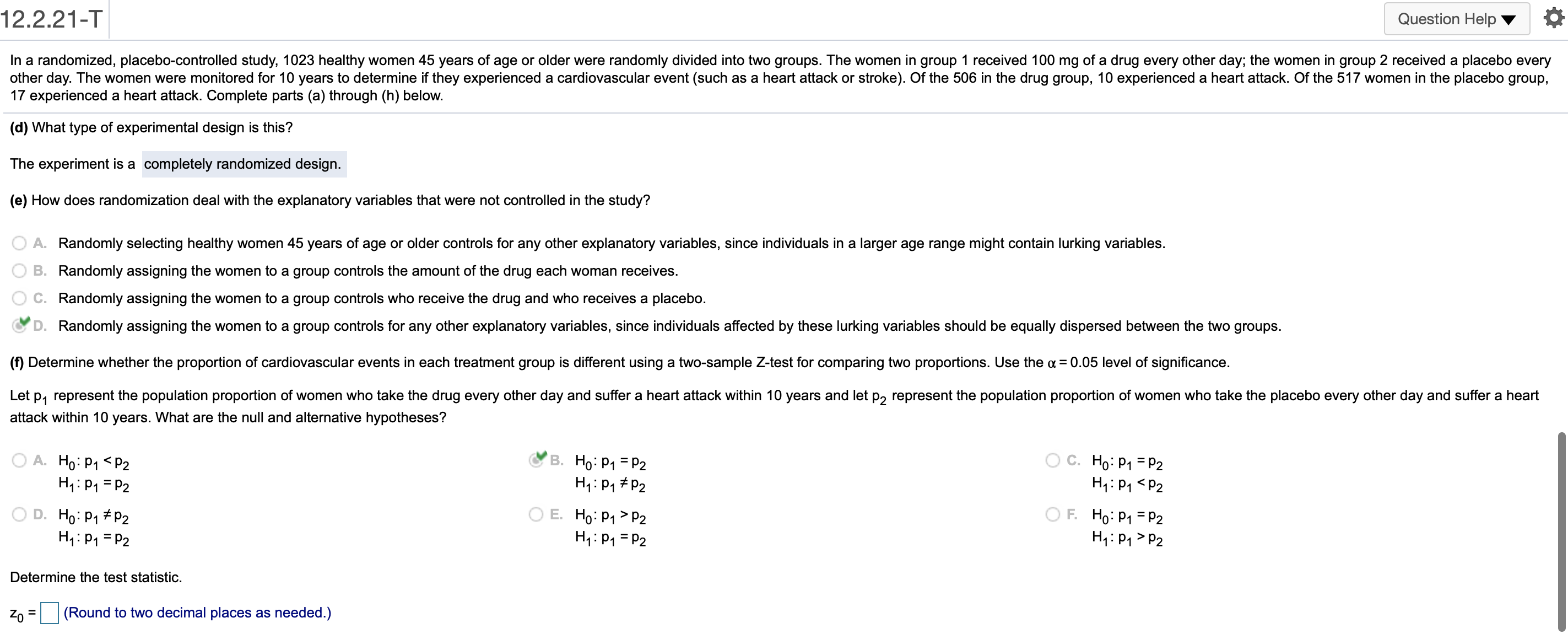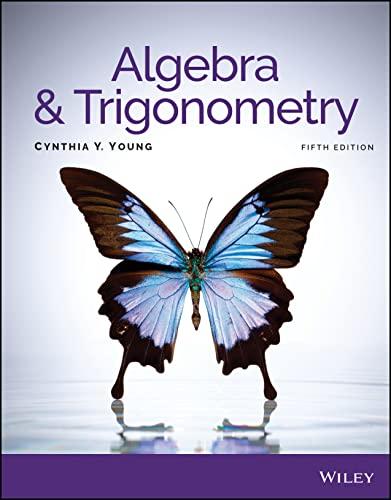Answered step by step
Verified Expert Solution
Question
1 Approved Answer
Please assist with determining the test statistic and state the P Value 12.2.21T In a randomized, placebo-controlled study, 1023 healthy women 45 years of age
Please assist with determining the test statistic and state the P Value

Step by Step Solution
There are 3 Steps involved in it
Step: 1

Get Instant Access to Expert-Tailored Solutions
See step-by-step solutions with expert insights and AI powered tools for academic success
Step: 2

Step: 3

Ace Your Homework with AI
Get the answers you need in no time with our AI-driven, step-by-step assistance
Get Started


